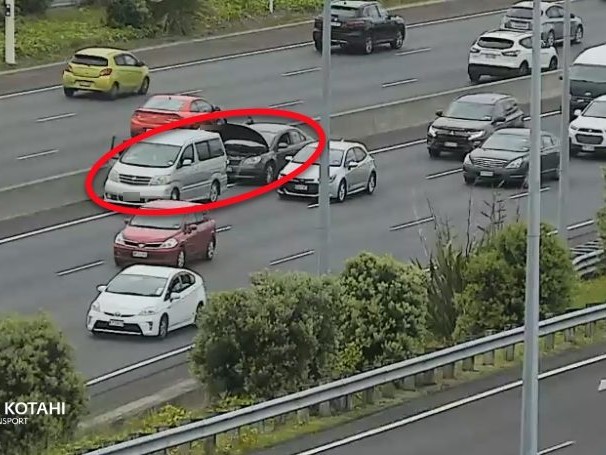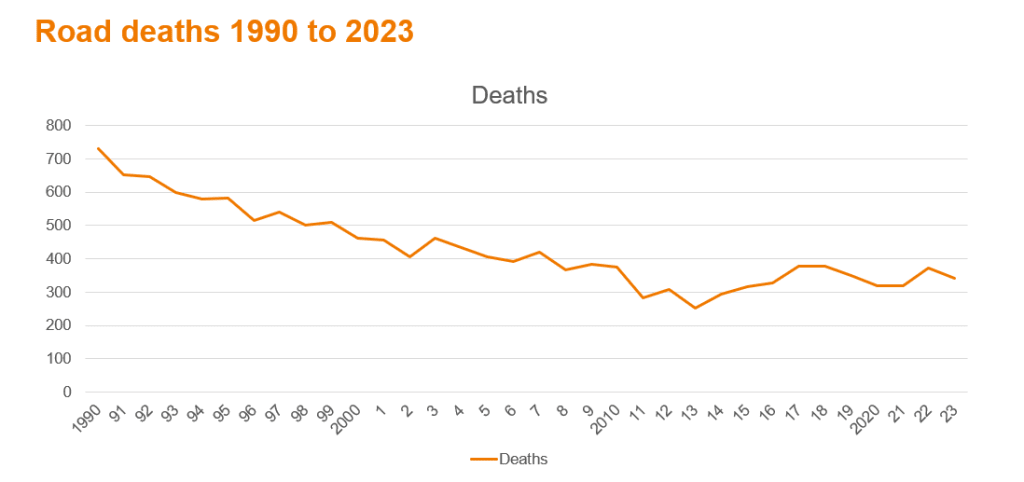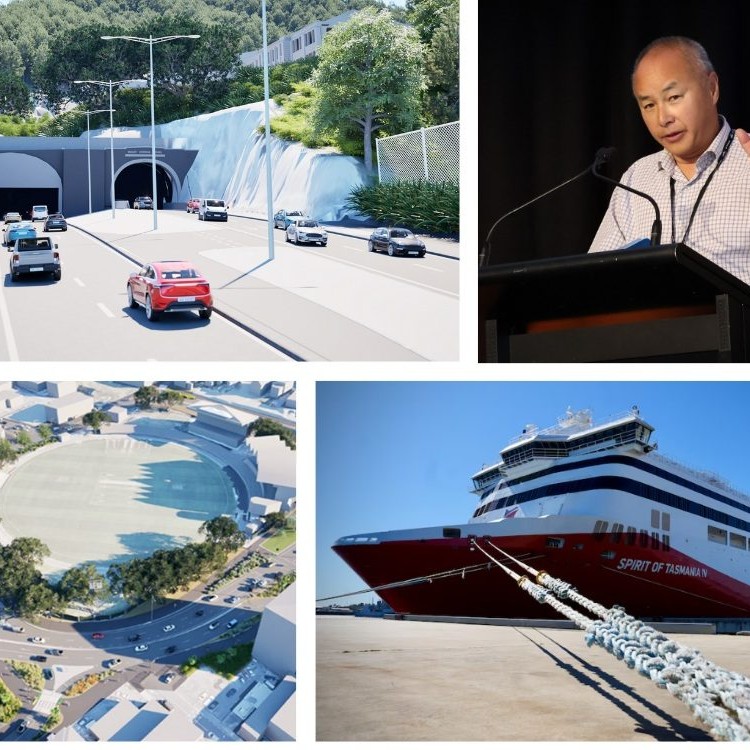
Happy New Year! I hope you have all had a refreshing break. I certainly have. It’s always good to have a chance to wind down and recharge your batteries after a full-on time at work. Of course, the road transport industry keeps working 24/7, 365 days a year, so if you haven’t had a chance to have a decent holiday so far, I hope you can book in some time to do so later on.
Safety on the roads is always a hot topic over the holidays and sadly we have not done well.
The provisional annual road toll for 2023 is 343 – down on 372 in 2022, but well up on 2020’s road toll of 318.
According to a piece by Mike Yardley in The Press, that sorry statistic shows the Ministry of Transport’s Road to Zero strategy, brought in by the previous government, has failed. It is “struggling to maintain any street cred. It’s in tatters,” Yardley writes. “Four years since its inception in January 2020, the national road toll defiantly makes a mockery of the strategy’s projected dividends.
“The Road to Zero plan, which was purposely designed to deliver an incremental reduction in road deaths, has failed to fire. Its paramount goal, in its first 10 years, is to reduce road deaths by 40% by 2030, based on 2018’s benchmark of 378 deaths.”

While there’s no disputing the intended reduction in deaths isn’t trending as planned and we’ve had other factors like COVID, I’m mindful indicators like this never trend strictly in a linear fashion and often there can be a considerable lag before changes come into effect, therefore gauging change over a relatively small period such as four years can be misleading.
The graph above shows deaths by calendar year since 1990. This indicates to me that progress was achieved between 1990 and 2013. I suspect there are multiple reasons for that fall, including a good balance between the “three big Es”: enforcement, engineering (roads and cars), and education. However, since then the road toll has been trending slightly upwards, or at best plateaued over the last several years.
Therefore I’m hesitant to attribute blame to the Road to Zero strategy and I would tend to look further back for what significant changes have occurred in transport governance and regulation.
On December 1, 2004, the Land Transport Safety Authority and Transfund New Zealand were disestablished and Land Transport New Zealand was created. Then on July 31, 2008, Land Transport New Zealand was merged with Transit New Zealand to become the NZ Transport Agency or what we now know as Waka Kotahi NZ Transport Agency.
I don’t know whether those changes are connected, or even if they are, to what degree they might be contributing factors to the slowing down of progress in reducing road trauma. But I do think the government needs to carefully consider significant factors of that order because that historical downward trend indicates to me that something was working pretty well – and unless the reason for the change is identified, then I think reducing the annual road toll down to a couple of hundred deaths is magical thinking.
Public and media interest in the state of our roads is still high. Over the break I travelled a few thousand kilometres over state highways, and apart from dodging a number of potholes I have a cracked windscreen being replaced this week following a stone being flicked up by a car travelling the other way.
We are still concerned at the additional stress and strain truck drivers face when travelling on poor sections of road, particularly if they’re faced with approaching cars suddenly crossing the centreline to avoid potholes.
Transport Minister Simeon Brown has repeatedly declared his intention to fill New Zealand’s potholes and rethink pavement rehabilitation. I think this change is encouraging but the government is going to need to turn those thoughts into action and do that quickly.
National published an ambitious long-term plan for roading pre-election and we will be doing all we can to keep the pressure on to ensure these promises become a reality. (We will focus on some of these in next month’s Transporting News.)
2024 needs to be a year focussing on problems and effective change.





